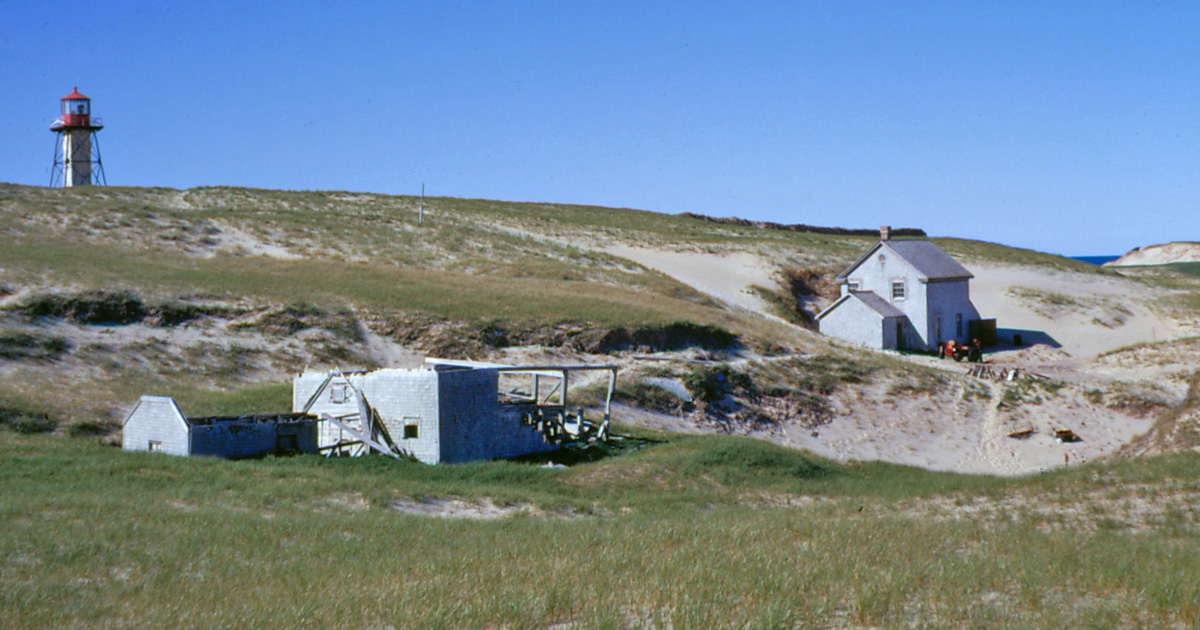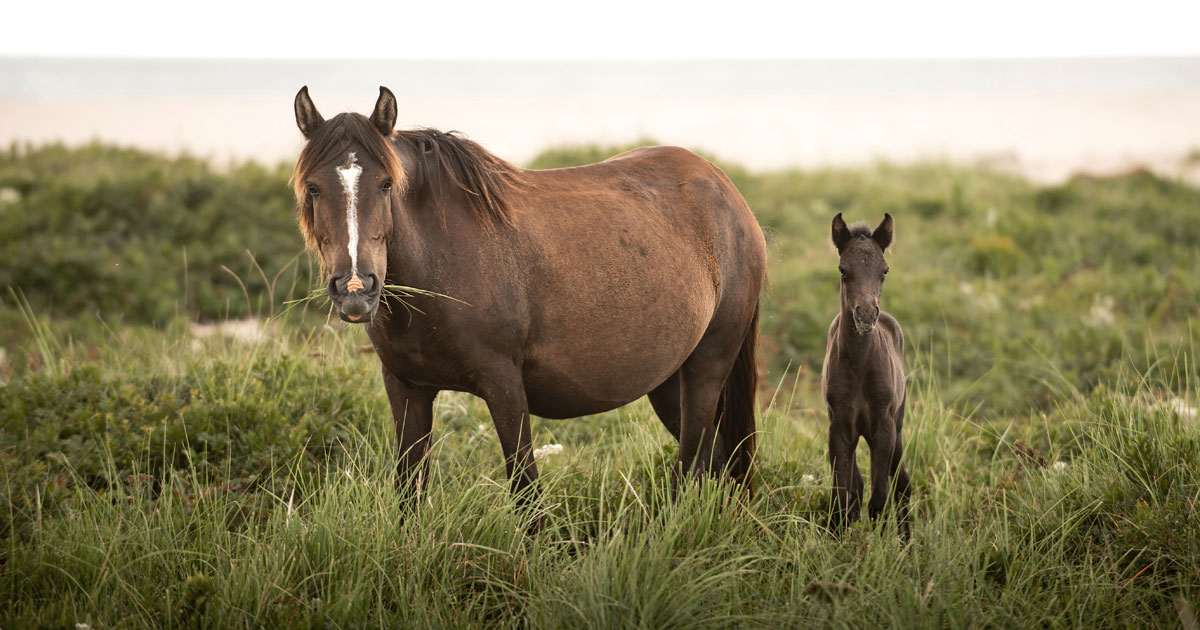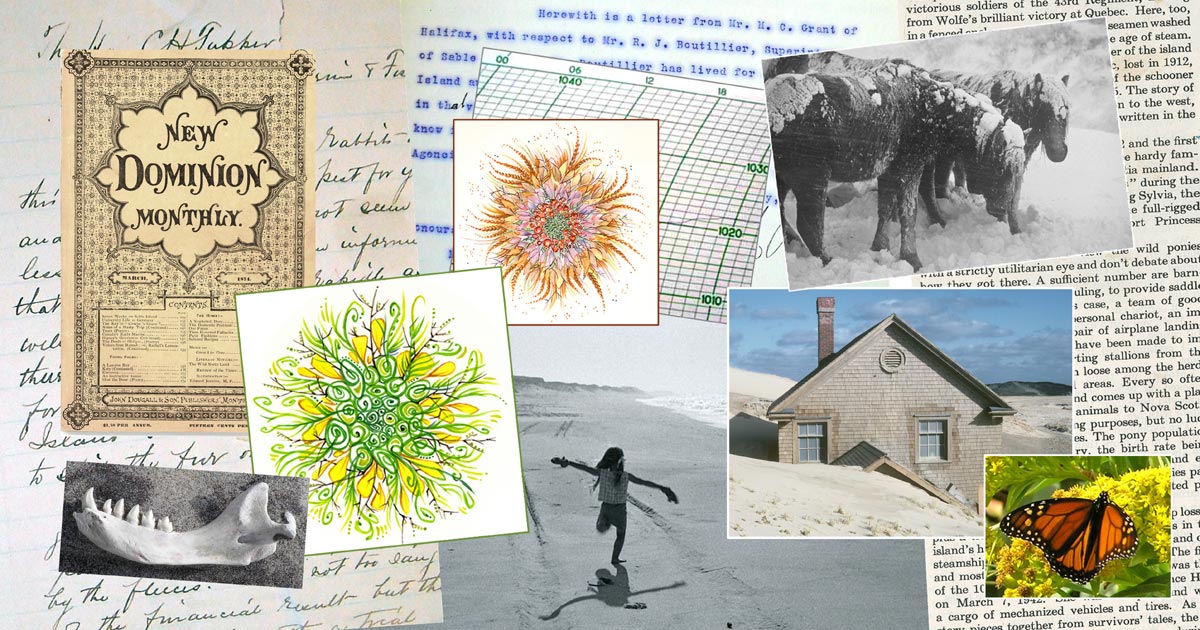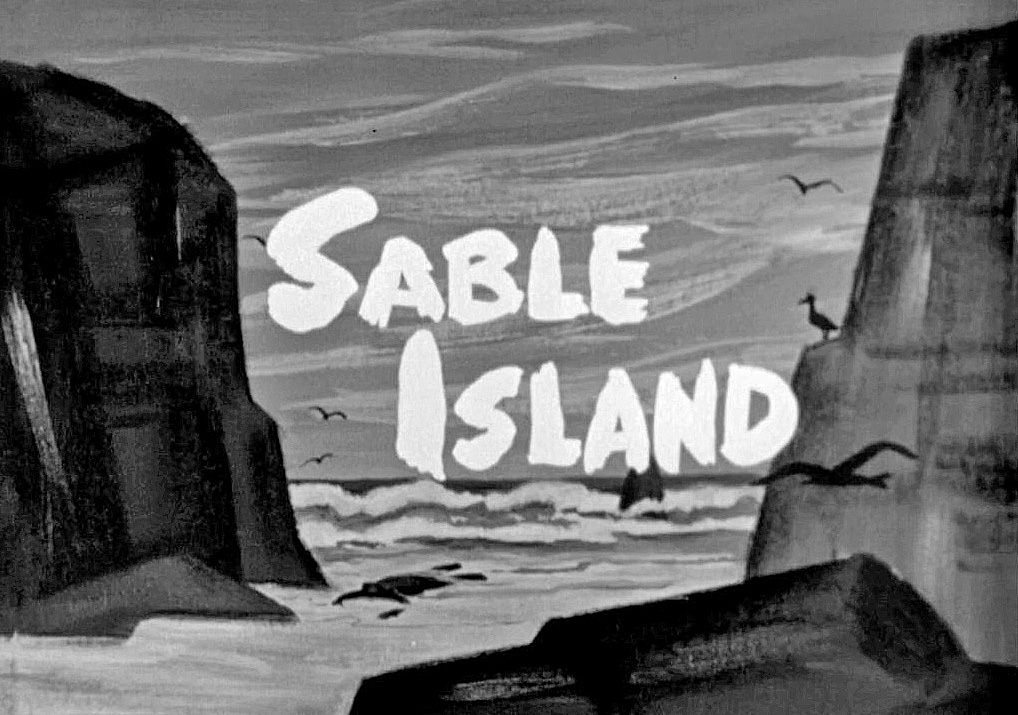
Dalhousie grad students on Sable in the early 1970s – Jean Boulva, 2024
Jean Boulva first accompanied Ian McLaren to Sable Island in May 1968. In 1970, under Ian’s guidance, Jean began Ph.D. research on the status of the Harbour Seal in Atlantic Canada. He established his quarters at East Light, and occasionally shared the old lightkeepers house with other researchers. They all contributed to Ian’s major research project on the Ipswich Sparrow led by his Ph.D. student Wayne Stobo.



